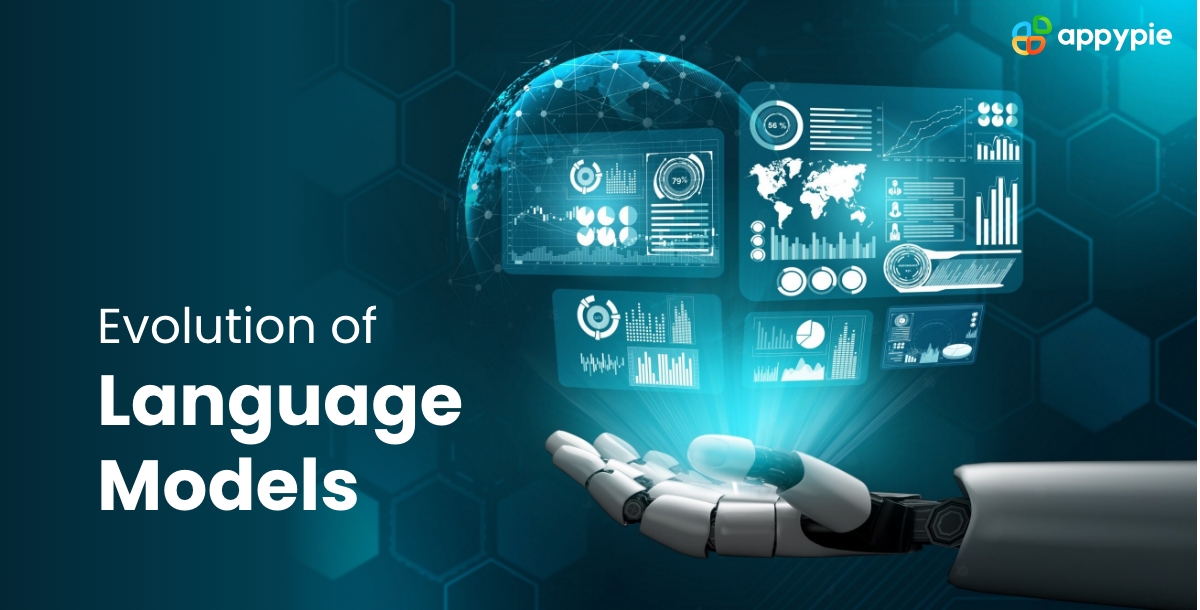Unveiling the Power of Light in AI
We switched; we use light; it’s faster.
The architecture of language models was being updated by researchers who were incredibly curious about how to make AI systems better — such that optical parts that use light were included; these added parts brought the gifts of speediness and higher functionality by means of photons the tiny particles of light.
I’m learning; researchers found a new way; it’s cool.
I study how AI networks work with light to think super fast. Light, travelling way faster than electrical stuff in wire – succeeding where the wires fall short is guided phonetically
through special glass threads, making our smart computers share facts and learn things really, really quickly. Jumping leaps forward, we raise the bar for what robots can learn; we witness new horizons unfold, we dream bigger.
Light-Based Language Models
One of the key areas where light-based technology is making waves is in the development of quantum language models. Quantum computing, harnessing the principles of quantum mechanics, allows for the manipulation of quantum bits or qubits. SMART’s AI & Automation Research Agenda By incorporating light-based communication between qubits, researchers are pushing the boundaries of classical computing.
The synergy between light and quantum computing introduces a level of parallelism and computational power that was previously unimaginable. This quantum leap forward in language models holds promise for solving complex problems, such as natural language understanding, at unprecedented speeds. It is a testament to the transformative potential of integrating light into the realm of AI.
Optical Processing Units
I love cool tech stuff! The idea of making machines that learn faster by using light is being worked on by smart people. It means things that are usually done one by one can happen all at once, which is really different and fast. We’re on the edge of a big change!
We think hard but slower.
Traditional CPUs – though they can’t deal well with many tasks at the same time – are facing a challenge, as it is found that different kinds of processors – ones that use light to work very fast – can do so while handling many channels together.
Could this mean we start a new chapter in AI?
Challenges and Opportunities in the Light-Based AI Landscape
While the integration of light into language models holds immense promise, it is not without its challenges. One significant hurdle is the development of robust and scalable hardware that can effectively manipulate light for computing purposes. Researchers are actively working to overcome this obstacle, exploring materials and designs that can withstand the rigors of practical implementation.
Moreover, the transition to light-based AI systems requires a paradigm shift in the way we approach machine learning algorithms. Adapting existing models to harness the power of light poses a considerable challenge, but the potential rewards in terms of speed and efficiency make it a pursuit worth undertaking.
The Future
Can I see what’s coming? After the phrase was heard about light changing AI, lots of talk happened about how it would make language models very strong and fast; everything changes with this big news, with many slowly calling it the start of a big switch in how AI thinks. Do you think I’ll understand the changes?
The integration of light into language models represents a pivotal moment in the evolution of artificial intelligence. The power and efficiency offered by light-based technology have the potential to redefine the capabilities of machine learning systems. As we navigate this frontier, the words “Revolutionizing Language Models: Harnessing Light for Powerful and Efficient Machine Learning Systems” resonate as a testament to the groundbreaking strides we are taking in the realm of AI. The journey illuminated by light holds the promise of a future where language models transcend their current limitations, pushing the boundaries of what is achievable in the world of artificial intelligence.

